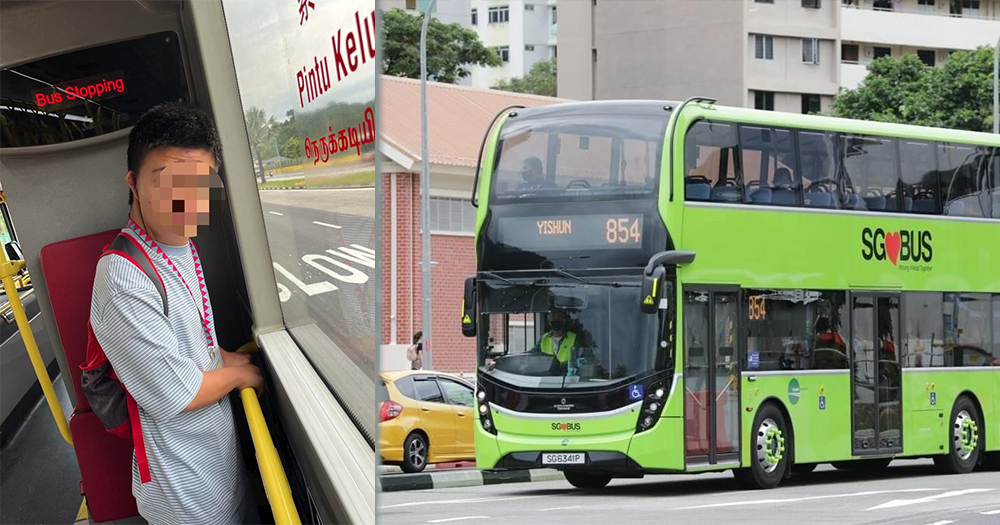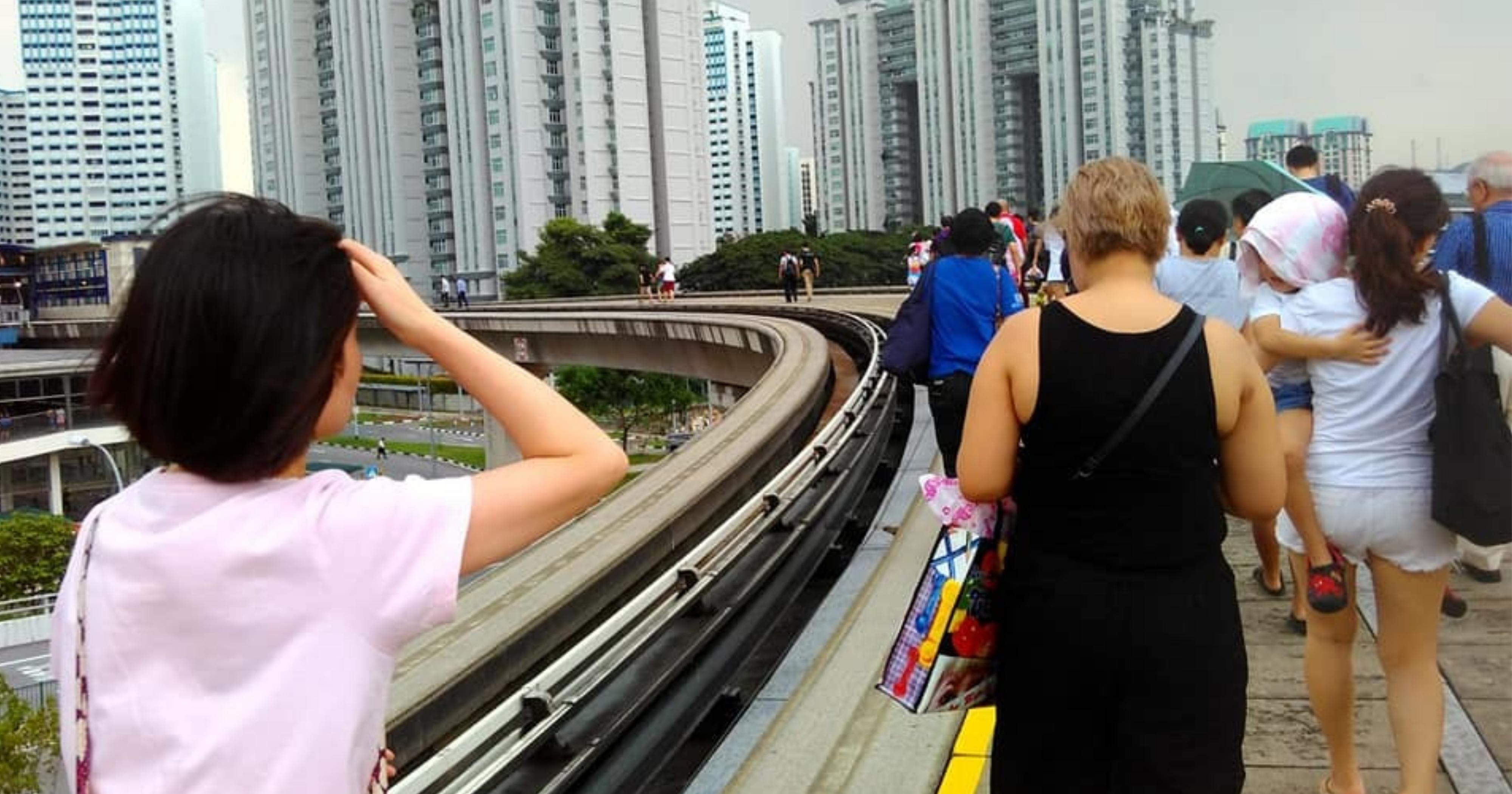
Note: Thumbnail is an extract from an educational institution’s paper, which is adapted from a genuine personal recount of a non transport enthusiast person. The SGTransportCritic (STC) is fully aware that the Land Transport Authority (LTA) is in charge of procuring rolling stock for our train lines. Also, expect “benchmarking” and “measuring” to be loosely used interchangeably.
Also, this is my first post ever inaugurating concepts from service quality, I am bound to make bloopers, apologies in advance if the content isn’t perfect. 🙂
Let me remind you, standards are important, no doubt about that. They are what helps differentiate a robust, competent public transport system over a profit-first, mediocre system. As such, obviously one should expect the STC to be harsh on failing even a fraction of the decided criteria, as it can inconvenience people on public transport who don’t have the financial means for private transport (or infrastructure) in the best case, or tarnish our ranking in the global public transport ranking, with SG no longer being touted as the best public transport system in the worst case. Actually, the latter of which, actually happened, with our ranking dropping from 2nd place in 2021 to 4th place in 2022.
(I personally suspect it was due to public transport taking longer now with manpower crunches in the bus sectors with Malaysian BCs returning to their countries during the COVID times)

As such, let me introduce to you one of the methods how the STC judges the service standards of our buses and trains (or everything LTA controls in general): The Gaps Model


I find this diagram to be particularly interesting, as there is always that one thing LTA flunks at in each category. Nonetheless, if the Gaps Model is used correctly, it can easily make our transport system perform to stringent quality. It is important to note that the Gaps model is mainly used in the context of money-making businesses, to find out how they can improve their user experience (UX).
Together with some examples from last posts and new examples, I will explain some ways which some of these “Gaps” have not been achieved. Do note that I will kind of treat LTA as a “business” in the aspect of applying the Gap Model for simplicity. I will be covering about 3 of the gaps, individually known as:
Knowledge Gap,
Delivery Gap, and
Communications Gap.
A knowledge gap in the corporate world happens when a company is not aware or have not correctly interpreted their customers’ expectations. As a result, it may result in the firm working towards wrong or non-existent consumer needs due to the lack of research done.
If you have taken the time to read through the first standards post, most of the mismanaged standards are knowledge gaps, ranging from misunderstanding consistency over frequency in bus contracting, to bike lanes I rambled about last time on benchmarks (Yes LTA, we want better bike paths, not more glorified KPI hitters). Heck, even the personal recount in the thumbnail about is an abstract example of a knowledge gap.
Extract: I cannot understand why SMRT is spending so much money installing large fans at the platforms when all we wanted is for them to purchase more trains to reduce the waiting time
Taking the thumbnail of this post as an example, we can see that the commuter’s expectations is high frequencies on the MRT to spend less time commuting, yet the LTA had incorrectly made the assumption that passengers want a more comfortable waiting experience, and proceeded to install fans. Well yes, indeed it is kind of nice of LTA to attempt to empathize with us, we do appreciate the fans, but more trains will always beat it ten-fold!

Thankfully, these kinds of gaps are a pretty simple fix. What LTA needs to do is to perform more research on what passengers expect and want. That includes more surveys, more focused group discussions, or simply more talk and less of that awkward radio silence we have come to expect from the Organization.
Delivery Gap (Also a bit of a Policy Gap)
A delivery gap is the occurrence of standards set by LTA (Or more relevantly in this case the Public Transport Operators (PTOs) such as SBS Transit and SMRT) to their staff, yet the staff failed to perform up to the stipulated expectations. This happens either because the employees are misinformed of their role, or the standards not being explicitly stated.
“Has this happened before?” You may ask, and I answer that as a definite yes. Look no further than the cases which mix special needs people and buses.

The TL;DR: the bus captain attempts to evict a down-syndrome man from the bus to follow his protocol, but is completely unbriefed about exceptions to the mask-wearing mandate. Furthermore, the lanyard on the special needs person shows that the man is an exception to the mask-wearing mandate, the bus captain treated the special needs passenger as a offender. Doesn’t help that there were language barriers, and some unemphatic and uncourteous passenger making insensitive remarks to the man (and his accompanying helper).
To alleviate such cases, there is a definite need to clarify employees’ roles. For example, in the presented case above, all bus captains island-wide should have been briefed about people with exceptions to the public transport mask mandate.
(Note, I just realised this could actually be a “standards not clearly stated case”, in this link to a document over where mask-wearing is mandated, public transport is stated as mandatory for mask without an apostrophe, implying there are no exceptions. But it is important to note to you readers, that mask-wearing is actually exempted with the correct medical documents shown, such as in the events of this article, so no, I assure you all I am not misinformed. If that is indeed the case, LTA or our health ministry, MOH, should be clearly stating how to handle special cases)
Communications Gap
A communications gap happens whenever whatever the company (LTA, or the PTOs) advertising something that is later ‘debunked‘; not working as advertised. Basically, overpromises to the general public.
And overpromises have basically been The LTA (bad) habit since the beginning of time. We have our laughable “LRT” system as the biggest offender in this regard. Promised to “revolutionize” transport in Singapore, we instead end up with low-capacity “LRT” lines that frequently breakdown spontaneously.

Or Transit Priority Corridors (TPCs)! From a person with the cognitive, psychological noise about Singapore being an “anti-car” Judging from the name itself, one would understandably have the belief a TPC would be some sort of “accelerator for non-car users” scheme. Well uhh…. I hate to be the bearer of bad news, but according to LTA…

Even ChatGPT can give a much more concrete and objectively better implementation of what a TPC should be capable of.

This is obviously not rocket science to fix, LTA just needs to:
- Ensure that promises offered are realistic. Which means it is high-time to cut out the “upbranding” jargon, and instead, give people a more sensible idea what new “innovations” to Singapore LTA will bring.
- Better communications between LTA’s marketing department and other departments. E.g. the marketing department should have learnt from LTA’s road engineers about how underwhelming TPCs are in practice before spewing all over the news LTA is about to “build 60km of them*”

The TL;DR
Managing Service standards are one the key components that should be kept to stringent standards, and LTA so far has been…quite questionable in several aspects of the service delivery gaps. So I urge you readers to be hyperaware to avoid being fooled, gaslit and greenwashed (As an example, into thinking 3-door buses will significantly reduce vehicular emissions).
Part two will cover on standards… so do stay subscribed to keep track of that.
Stay tuned for the second part. And subscribe to the STC for our latest content.
Before you go… (from STC’s Lead Editor)
One major update is coming to STC!
Introducing, the Team STC Discord server! A space for extended discussions beyond the scale of what can be offered by a simple comments section! Readers will also get to interact directly with the Team and the authors of our various posts for further discussions, providing feedback, as well as suggesting new ideas (some of which I have seen appear in our comment sections). Readers will also get to discuss their ideas with each other and some of them may end up in future STC posts (the open-letter format to LTA ones) too! After all, STC is not just about what the Team thinks or writes, it’s also about YOU, the reader, and also he/she who experiences our transport system day in day out, and making it better, for you and those after.
Link to join the STC Discord server is below, and a warm welcome as we chart our futures together.

Congrats on your 10(1)st post!
LikeLike